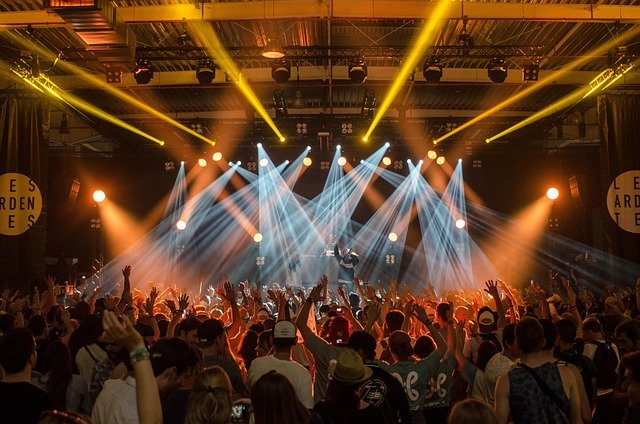Data-Driven Promotion Tactics for Cultural Programs and Releases
This article outlines practical, data-informed tactics for promoting cultural programs and releases. It covers audience insight, licensing and distribution considerations, crowdfunding and funding strategies, promotional channels, festival engagement, and analytics—presented for creators and organizers seeking measurable visibility.

Cultural programs and releases—from films and music projects to touring exhibitions—benefit when promotion is guided by data rather than intuition alone. Audience segmentation, measurable distribution choices, and evidence-based promotion increase the chance that creative work reaches the right communities, secures funding, and meets accessibility and collaboration goals. This article explains concrete tactics that pair creative strategy with analytics to support licensing, merchandising, and sustained engagement.
How to define and grow your audience
Start by combining existing data sources: streaming and ticketing reports, mailing-list behavior, social analytics, and partner insights. Map demographics, engagement times, and content preferences to create audience segments for film, music, and live events. Use lookalike targeting on advertising platforms to expand segments while retaining relevance. Consider accessibility needs early—captioning, audio description, and venue accommodations broaden potential attendance and improve audience retention. Tracking conversion metrics (email signups, pre-sales, RSVP completions) helps refine messaging over time.
What licensing and distribution data matters
Licensing and distribution decisions should be informed by consumption patterns and marketplace demand. For film and recorded music, analyze platform-specific audience sizes, genre trends, and regional licensing rates to decide between direct distribution, aggregator services, or platform exclusives. Use rights clearance and metadata analytics to understand where licensing yields the best visibility and revenue potential. Collecting accurate usage reports and standardized metadata improves discoverability and eases future licensing negotiations.
How to choose distribution channels for releases
Distribution choices depend on format (film, album, exhibition), audience behavior, and revenue model. Combine quantitative metrics—streaming platform engagement, festival submission feedback, and touring market sales estimates—with qualitative community insights to pick channels. For touring and festivals, analyze historical box office and attendee profiles; for digital releases, prioritize platforms with strong genre alignment. Consider merchandise and ancillary distribution (limited physical editions, licensing for third-party compilations) to diversify income and visibility.
What funding and crowdfunding tactics to apply
Data strengthens funding appeals. For grant proposals or private funding, present audience reach projections, prior engagement metrics, and clear distribution plans. For crowdfunding, use early-data experiments: A/B test campaign pages, pledge tiers, and reward structures to optimize conversion. Segment backers by interest (film production, immersive experiences, merchandise collectors) and tailor updates that highlight milestones backed by metrics—number of festival selections, streaming plays, or demo attendance. Transparency about timelines and licensing arrangements builds trust with funders and crowdfunders alike.
How to plan promotion around festivals, touring, and immersive events
Festivals and touring remain key discovery pathways. Use submission and attendance analytics to prioritize festivals with audiences aligned to your project’s profile. Leverage festival metadata (audience types, press coverage, buyer presence) to plan follow-up distribution and licensing conversations. For immersive and accessibility-focused experiences, gather on-site engagement metrics (dwell time, interaction rates) and post-visit surveys to iterate design and promotional copy. Collaboration with other artists or venues can expand reach through cross-promotion and shared mailing lists.
Which analytics to track and how to iterate promotion
Set a small set of reliable KPIs: audience growth (email, followers), engagement (session duration, watch completion), conversion (ticket or album sales, crowdfunding pledges), and retention (repeat attendance, fan purchases of merchandise). Use cohort analysis to compare promotion channels and cohorts over time. Attribution models—first-click, last-click, and multi-touch—help allocate promotion budgets effectively toward channels that drive long-term value, not just one-off spikes. Maintain an experiment log for A/B tests, creative iterations, and channel adjustments, and use findings to inform licensing negotiations and distribution plans.
Conclusion
A data-driven promotion approach helps cultural programs and releases align creative objectives with measurable audience outcomes. By combining audience research, thoughtful licensing and distribution choices, strategic funding and crowdfunding practices, festival and touring planning, and disciplined analytics, organizers and creators can make promotion more efficient, inclusive, and responsive to real-world behavior.





